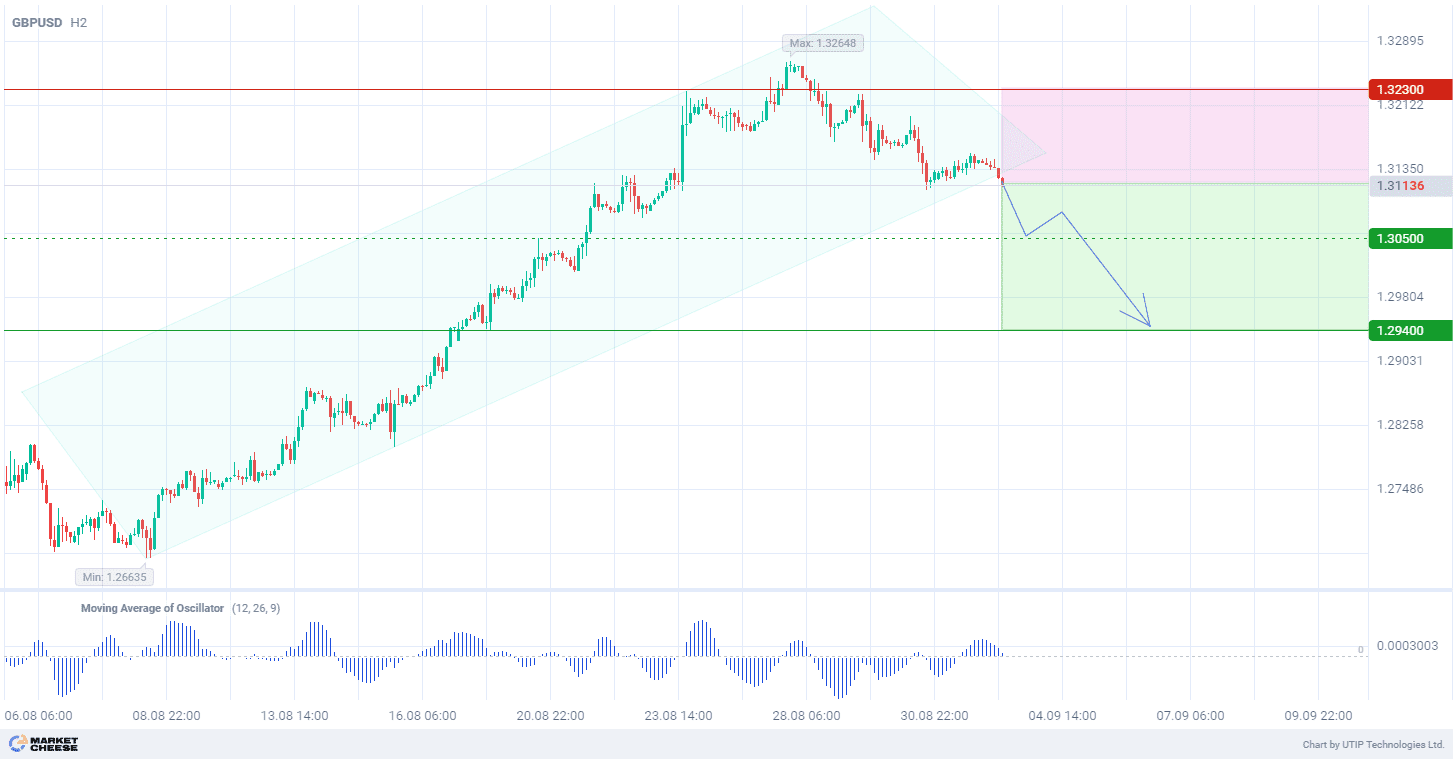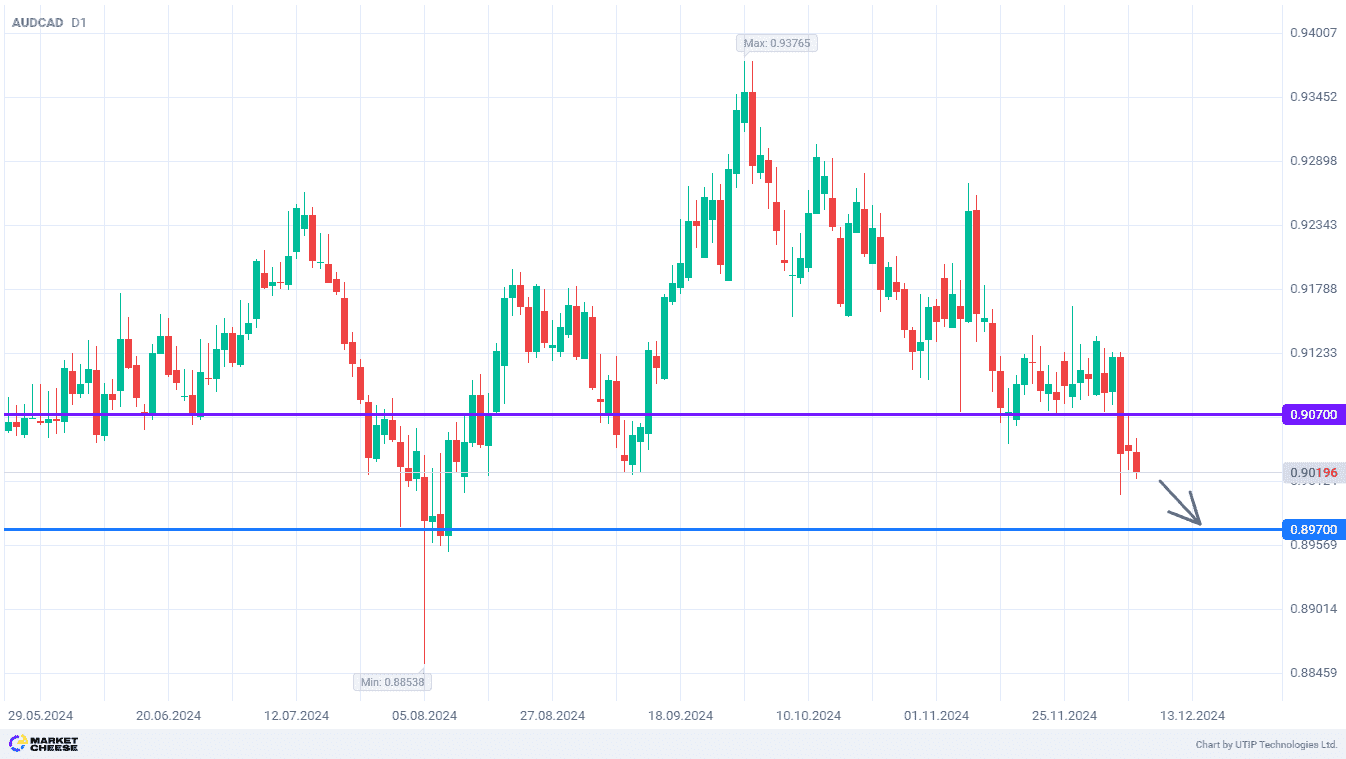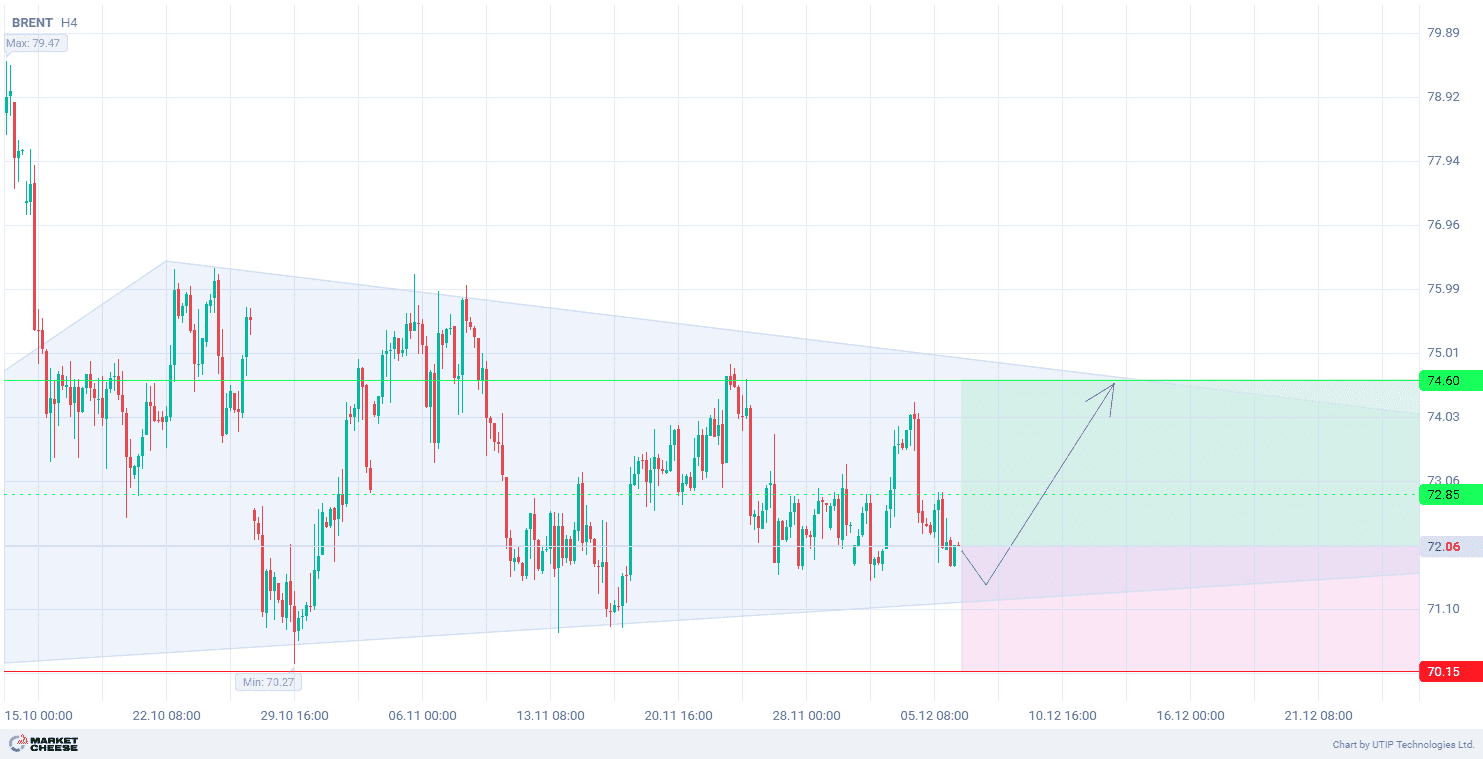Quotes of the GBPUSD currency pair weakens, having fallen by 0.5% over the week. Pressure on the pair is increasing due to the strengthening of the dollar before the release of the key US economic data. On Tuesday, the Bank of England Deputy Governor Sarah Breeden is expected to speak, followed by the release of the US ISM Manufacturing Purchasing Managers Index (PMI).
Investors are increasingly convinced that the US Federal Reserve (Fed) will start easing monetary policy in September. According to CME FedWatch data, the probability of a 25 basis point rate cut is about 69%.
Rabobank analysts expect the Fed may cut rates four times between September and January and then hold them at that level until the end of 2025.
Market participants’ attention will be focused on Friday’s Non-Farm Payrolls report, which may offer more hints about the size and pace of the Fed’s rate cut. The US Bureau of Labor Statistics forecasts that 165 000 jobs will be added in August and the unemployment rate will fall to 4.2%.
As for the Bank of England, markets do not expect monetary policy easing at the September meeting. However, the possibility of a 25 basis points rate cut in the November meeting is estimated at 87.2%. In the absence of significant economic data from the UK this week, the US dollar dynamics will be the main factor affecting GBPUSD.
Technical data on GBPUSD shows the price exit from the uptrend on the H2 timeframe. The volumes of Moving Average of Oscillator indicator (with parameters 12, 26, 9) are decreasing and may move into the negative zone. This may strengthen the bearish sentiment.
Short-term prospects for the GBPUSD currency pair price suggest selling, with the target at the level of 1.2940. Part of the profit should be taken near the level of 1.3055. A stop-loss level could be set at 1.3230.
Since the bearish trend is short-term, the trading volume should not exceed 2% of your total balance to reduce risks.










